Growth of Edge Computing
The growth of edge computing is significantly influencing the Fog Networking Market. As organizations increasingly seek to process data at the edge of their networks, fog computing emerges as a vital component. This paradigm shift allows for more efficient data management and reduces the burden on centralized cloud services. Reports suggest that the edge computing market is expected to reach a valuation of approximately 15 billion dollars by 2026, highlighting the increasing reliance on decentralized computing solutions. Fog networking complements this trend by providing a framework that enhances data processing capabilities at the edge, thereby improving response times and operational efficiency.
Advancements in 5G Technology
Advancements in 5G technology are poised to have a profound impact on the Fog Networking Market. The rollout of 5G networks promises to deliver higher speeds, lower latency, and greater connectivity, which are essential for the effective functioning of fog computing solutions. As 5G becomes more widespread, the demand for fog networking will likely increase, as it can leverage the enhanced capabilities of 5G to process data closer to the source. Analysts predict that the 5G market will reach a valuation of over 700 billion dollars by 2026, suggesting a substantial opportunity for fog networking solutions to integrate with this next-generation technology.
Expansion of Smart Infrastructure
The expansion of smart infrastructure is a notable driver in the Fog Networking Market. With the rise of smart cities and connected devices, there is a growing need for efficient data management and processing. Fog networking plays a crucial role in this context by enabling localized data processing, which is essential for applications such as traffic management, energy distribution, and public safety. The smart infrastructure market is anticipated to witness substantial growth, with investments projected to exceed 100 billion dollars by 2025. This growth presents a significant opportunity for fog networking solutions, as they can effectively support the data needs of smart infrastructure initiatives.
Rising Demand for Low Latency Applications
The increasing demand for low latency applications is a primary driver in the Fog Networking Market. As industries such as autonomous vehicles, smart cities, and real-time analytics expand, the need for immediate data processing becomes critical. Fog networking facilitates this by enabling data to be processed closer to the source, thus reducing latency. According to recent estimates, the market for low latency applications is projected to grow at a compound annual growth rate of over 25 percent in the coming years. This trend indicates a robust opportunity for fog networking solutions, as they can effectively support the infrastructure required for these applications, enhancing overall performance and user experience.
Increased Focus on Data Privacy and Security
The increased focus on data privacy and security is driving the Fog Networking Market. As data breaches and cyber threats become more prevalent, organizations are prioritizing secure data handling practices. Fog networking enhances security by allowing sensitive data to be processed locally, minimizing the risk of exposure during transmission to centralized cloud servers. This localized approach not only improves data security but also complies with stringent data protection regulations. The market for data security solutions is projected to grow significantly, indicating a strong demand for fog networking technologies that can address these concerns while maintaining operational efficiency.


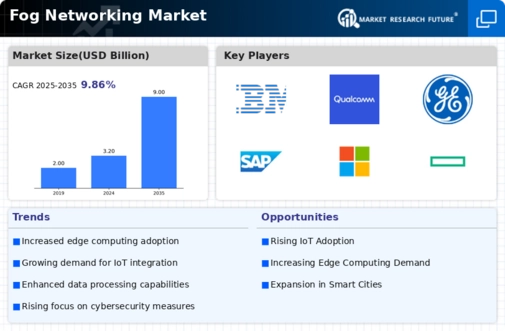
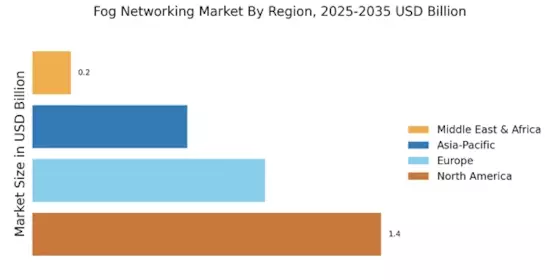

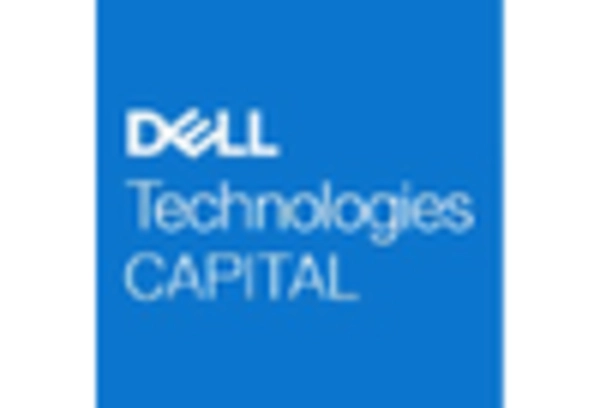

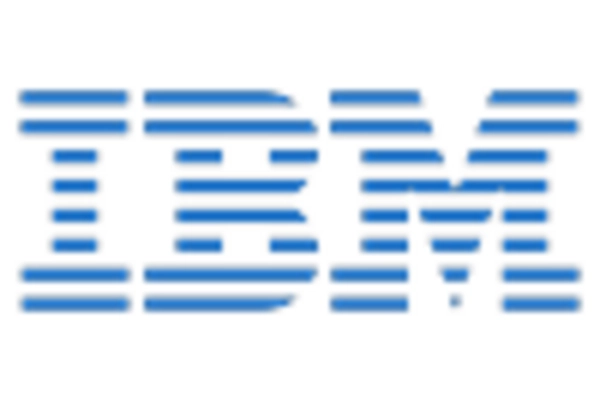
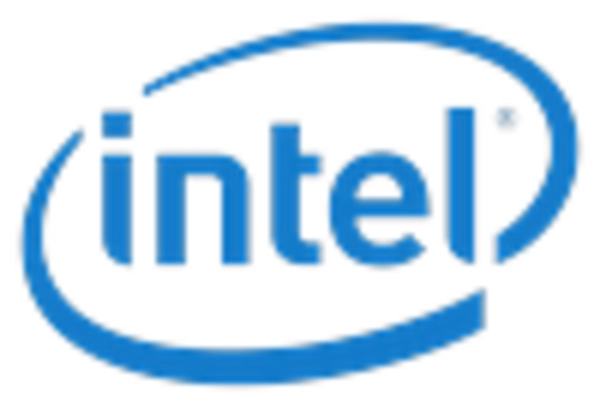
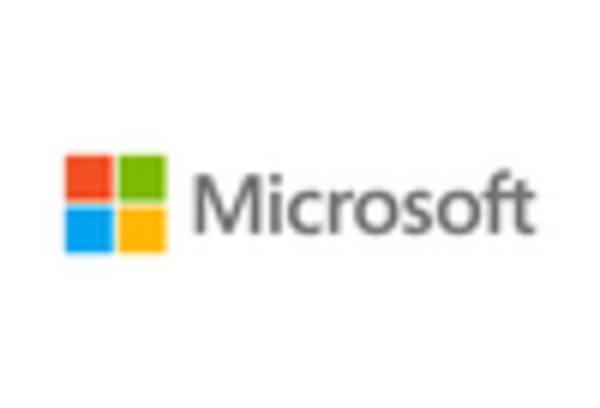








Leave a Comment